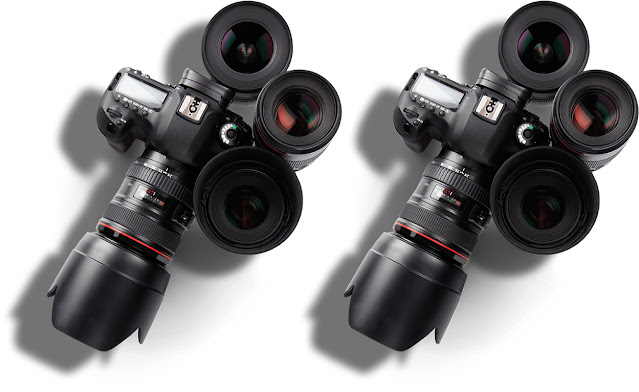Types of Masks and Global Light in Photoshop
Photoshop has got lot of options to compose images together for forming different scenes and masks play a big role in it. It is important to understand for every user who is learning this software or pursuing any Photoshop training course. In this blog we are going to talk about all the types of masks and their uses one by one in detail. This blog also explains the role of global light option which comes under the roof of layer styles in the software.
Masking in Adobe Photoshop
Masking in this photo editing software can be done in various ways. With masking we mean, to cover or uncover or in simple words visibility of a layer or invisibility of a layer.
It works similarly like eraser tool but better from that because eraser is destructive and masks are not destructive. When we use erase tool, it permanently deletes the selected area but when it comes to masking, it just hides or unhide the content present in the layers. So, basically we can completely hide the unnecessary areas without completely erasing them. When we talk about masks, there are mainly 5 types which are present in Photoshop.
1.) Layer mask
This is raster in nature. It works according to gray scale colors which are black and white mainly. If you paint with black, it makes selected layer transparent. On the other painting with white does the opposite; it makes layer opaque. Painting with grey makes layer partly visible. To use this type of mask, you can paint with brush tool or gradient tool. These tools gives well finishing.
2.) Clip Mask
It allows you to merge your effect or image on the base layer or the selection you have made on the base layer. By clicking in between the lines of base and upper layer while holding Alt key you can enable clipping mask. You can also use a shortcut key that is CTRL + ALT +G.
3.) Vector Mask
It is used in very precise selections to give image very sharp edges or hard edges. Unlike the other layer masks you can also make it soft, blur or transparent. But mostly it is used in precise selections.
4.) Quick Mask
It allows u to create a selection using a mask. By using brush tool you can make a selection on the selected areas of an image. It appears in the bottom of the toolbar and looks like a camera icon. When
click on its icon, it turns the selected layer into red in layer panel. To make selection, we use brush in which you will notice that it gives a red overlay with 50% opacity.
5.) Type Mask
It allows you to write any background on top of the same background. Type mask is in the type tool menu. You have to type anything on the background and copy in EDIT – COPY MERGED and then go to again in EDIT- PASTE and add any layer style to it to make it visible if it’s not visible.
What is Global Light and how to use it?
Global lights mainly come with shadow settings. We find bevel, emboss, drop and inner shadow options in layer styles and where this global light option comes to play. This light manages all the angles and tries its best to provide a similar shadow angle in all the applied layers. It looks like the light sources corresponds, and highlights come from the same place and the effect you applied like shadows is casted in the same direction no matter how many layers or objects u have applied it on.
Here is an example:
This image shows when GLOBAL LIGHTS is OFF.
This image shows when GLOBAL LIGHTS is ON.

Conclusion
PHOTOSHOP MASKS are very useful especially for beginners. Without these masks editing would be very tough. By using them we can do the editing faster and easily and every tool has its own purpose. Global light also plays a major role when it comes to showing the shadow effects.
Author Introduction:
Hi everyone, this is Abdullah Shah, I am an architecture design student, pursuing architecture design course at ADMEC Multimedia Institute and currently learning Photoshop. Masks as well as global light are very option things to understand. Thus I tried to provide a meaningful explanation on them. Hope you like it.



Nice Blog thanks for sharing useful information for us, apply now for online teaching jobs english
ReplyDelete